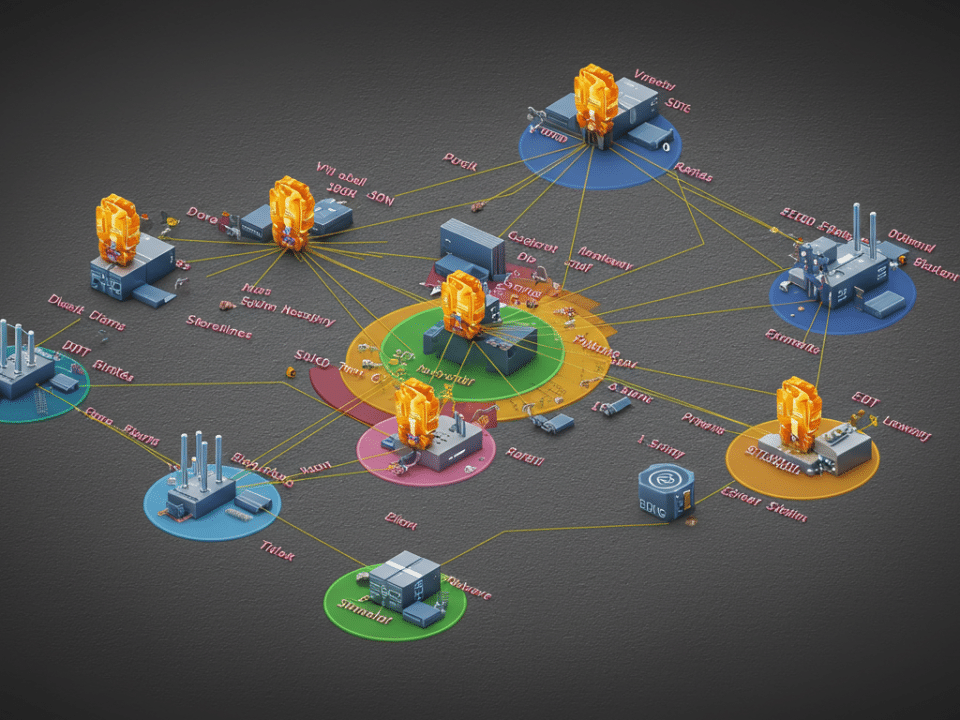
The Weakest Link: Why Human Risk Reigns Supreme in Cybersecurity
April 4, 2024
Fingerprinting You in the Digital Crowd: How Cybercriminals are Using Browser Fingerprinting
April 7, 2024The oil and gas industry is the backbone of the global economy, playing a critical role in energy production. However, this sector is also a prime target for cybercriminals. Their latest weapon? A sophisticated phishing campaign designed to steal sensitive data from oil and gas companies.
Luring the Catch: How the Phishing Campaign Works
This phishing campaign preys on a tactic known as “vehicle incident lure”. Attackers send emails disguised as official communications related to vehicle accidents or safety violations. These emails typically contain:
- A sense of urgency: The emails often create a sense of urgency or panic, pressuring recipients to click malicious links without proper scrutiny.
- Spoofed Sender Addresses: The emails might appear to be from legitimate sources**, such as government agencies or industry organizations.
- Malicious Attachments or Links: The emails contain either malicious attachments disguised as PDF documents or links leading to phishing websites.
Beyond the Hook: Evolved Data-Stealing Malware
Once the victim clicks the malicious link or opens the attachment, a more sinister plot unfolds. This campaign utilizes an evolved data-stealing malware called Rhadamanthys. This malware is designed to steal sensitive data from infected systems, including:
- Login credentials: Rhadamanthys can steal usernames and passwords for critical systems used in oil and gas operations.
- Financial data: The malware can also target financial information**, such as bank account details.
- Proprietary information: This campaign might be particularly interested in stealing proprietary information related to oil and gas exploration and refinement processes.
Protecting Your Pipeline: Defending Against This Phishing Threat
While this phishing campaign presents a serious threat, there are steps organizations in the oil and gas sector can take to mitigate the risk:
- Security Awareness Training: Regularly train employees on phishing red flags** and best practices for identifying suspicious emails.
- Email Filtering and Anti-Malware Solutions: Implement robust email filtering and anti-malware solutions** to detect and block phishing attempts before they reach employees’ inboxes.
- Least Privilege Access Controls: Enforce least privilege access controls, granting employees only the level of access they need to perform their jobs.
- Data Encryption: Encrypt sensitive data both at rest and in transit** to minimize the impact of a successful attack.
- Incident Response Plan: Develop a comprehensive incident response plan** to effectively respond to and contain cybersecurity incidents.
Staying Vigilant: A Shared Responsibility
The oil and gas industry plays a vital role in our global economy**. By combining cybersecurity awareness, technical controls, and incident response preparedness, organizations can protect themselves from evolving phishing campaigns and data-stealing malware.
Don’t let your data become collateral damage!
#phishing #cybersecurity #oilandgas #datastealing #malware #Rhadamanthys #securityawareness #securitytraining #incidentresponse #encryption #datasecurity




